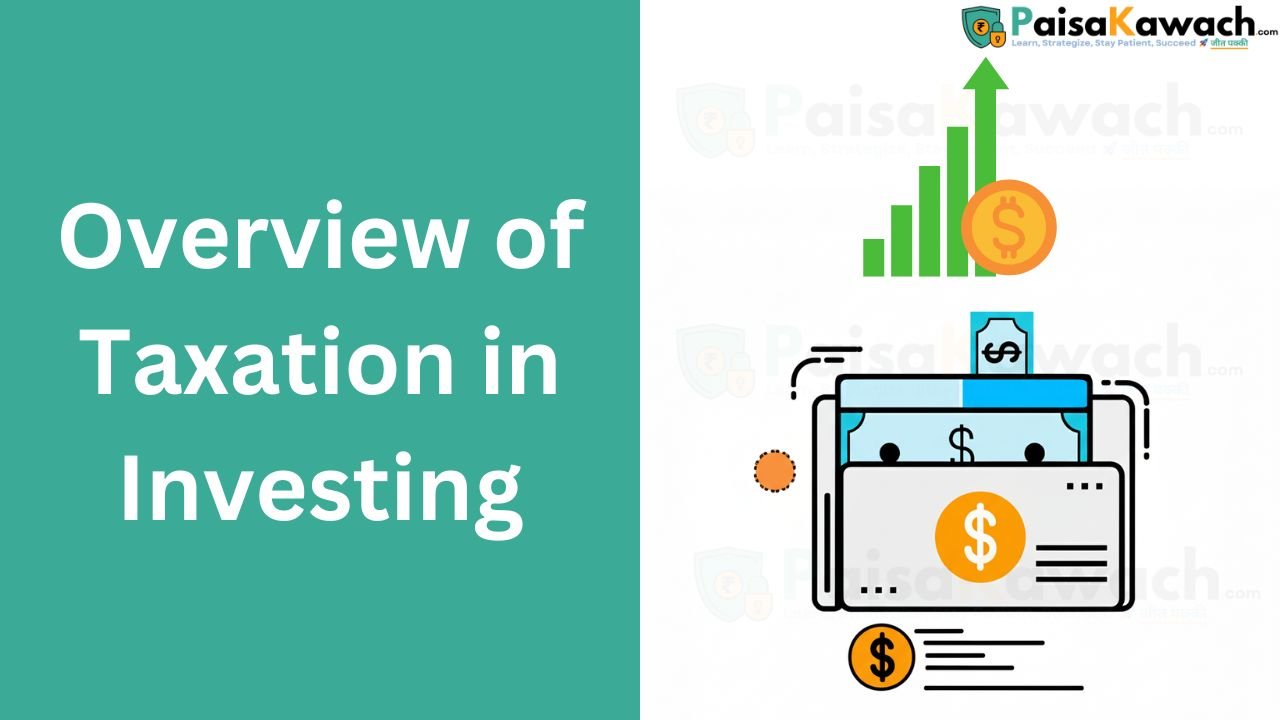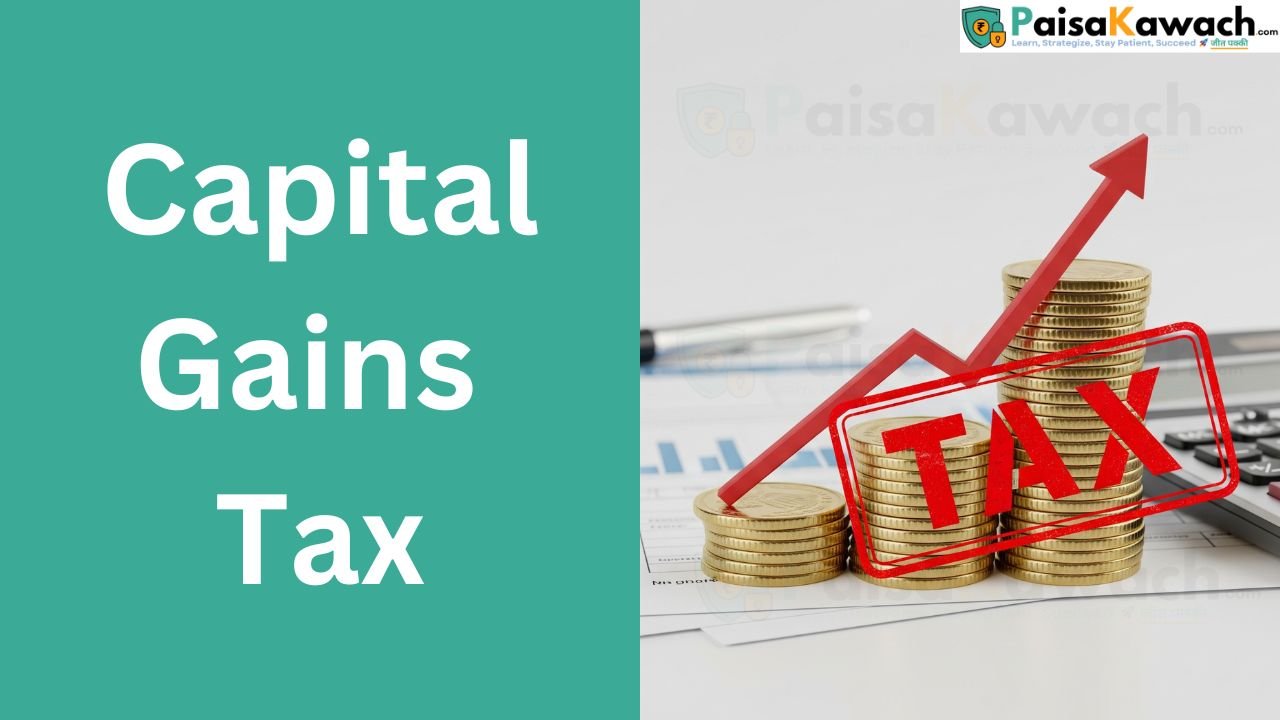
Taxation significantly impacts your net returns on investment. Whether you invest in stocks, mutual funds, bonds, or real estate, understanding how these instruments are taxed can help you make informed financial decisions, avoid penalties, and legally minimize your tax burden.
In India, investments are primarily subject to capital gains tax, dividend tax, and interest income tax. Each type has its own rules, holding periods, and applicable rates depending on the asset class and investor profile.
The duration for which you hold an investment determines whether the gain is treated as short-term or long-term, which affects the applicable tax rate.
Tax Deducted at Source (TDS) is applicable on certain investment incomes. In some cases, especially for high-income individuals or NRIs, advance tax needs to be paid periodically.
If you earn interest above ₹40,000 (₹50,000 for senior citizens) in a year from a bank FD, the bank will deduct 10% TDS unless you submit Form 15G or 15H (if eligible).
Suppose you sell property in October and make a capital gain of ₹5 lakhs. You must calculate your total tax liability and pay advance tax in quarterly installments, or face interest under Sections 234B and 234C.
For NRIs, TDS on capital gains from property sales is 20% for LTCG and 30% for STCG, plus applicable surcharge and cess. PAN and TAN requirements must be fulfilled before sale.
Understanding the taxation landscape of your investments isn’t just for chartered accountants—it’s a fundamental aspect of personal finance. A tax-smart investor can significantly enhance their returns over time while staying legally compliant. Always keep records, consult professionals when needed, and file your returns accurately to make the most of your financial journey.

कराधान आपके निवेश रिटर्न को सीधे प्रभावित करता है। चाहे आप शेयरों, म्यूचुअल फंड, बॉन्ड या रियल एस्टेट में निवेश कर रहे हों—हर साधन पर टैक्स की अलग व्यवस्था होती है। इन्हें समझना आपको सही निर्णय लेने, जुर्माने से बचने और टैक्स को कानूनी तरीके से कम करने में मदद करता है।
भारत में निवेश से होने वाली आय पर मुख्य रूप से कैपिटल गेन्स टैक्स, डिविडेंड टैक्स और ब्याज आय पर टैक्स लगता है। अलग-अलग निवेश साधनों के लिए अलग-अलग दरें और समय-सीमा होती हैं।
आपकी होल्डिंग अवधि निर्धारित करती है कि लाभ पर शॉर्ट टर्म या लॉन्ग टर्म टैक्स लगेगा। इससे टैक्स की दर भी प्रभावित होती है।
कुछ निवेश आय पर TDS (टैक्स डिडक्टेड एट सोर्स) लागू होता है। उच्च आय वाले निवेशकों और NRIs को अग्रिम कर भी चुकाना होता है।
यदि आपकी बैंक एफडी से सालाना ब्याज ₹40,000 (वरिष्ठ नागरिकों के लिए ₹50,000) से अधिक है, तो बैंक 10% TDS काटेगा। आप यदि पात्र हों तो फॉर्म 15G या 15H भरकर TDS से बच सकते हैं।
मान लीजिए आपने अक्टूबर में एक संपत्ति बेची और ₹5 लाख का लाभ हुआ। आपको इसकी कर देनदारी की गणना करके तिमाही किश्तों में अग्रिम कर भरना होगा, अन्यथा धारा 234B और 234C के अंतर्गत ब्याज देना पड़ सकता है।
NRIs के लिए संपत्ति बिक्री पर LTCG पर 20% और STCG पर 30% TDS लगता है, साथ ही अधिभार और सेस भी। PAN और TAN की आवश्यकता होती है।
कराधान को समझना केवल चार्टर्ड अकाउंटेंट्स के लिए नहीं है—यह हर निवेशक की ज़िम्मेदारी है। एक टैक्स-स्मार्ट निवेशक लंबे समय में ज्यादा रिटर्न कमा सकता है और कानूनी दायरे में भी रह सकता है। हमेशा निवेश का लेखा-जोखा रखें, ज़रूरत हो तो विशेषज्ञ की सलाह लें, और सही तरीके से ITR फाइल करें।

Capital Gains Tax is the tax you pay on the profit earned from the sale of a capital asset such as stocks, real estate, mutual funds, or gold. It is an essential component of personal finance and investment planning.
Understanding how capital gains are taxed helps you manage your investments more efficiently. It affects your net returns, tax liability, and filing requirements.
The classification between short-term and long-term depends on how long the asset was held before sale.
Capital gains may attract TDS or require advance tax payments in some cases. Timely tax planning helps avoid penalties.
When you sell real estate worth more than ₹50 lakhs, the buyer must deduct 1% TDS before payment. For NRIs, TDS can be as high as 20% or more.
If your total tax liability due to capital gains exceeds ₹10,000 in a financial year, you are liable to pay advance tax in four installments.
For NRIs, TDS on LTCG from property is 20% and STCG is taxed at 30%, plus surcharge and cess. PAN and TAN are mandatory.
Capital Gains Tax can take a significant chunk out of your profits if not planned wisely. Stay updated with current rules, maintain proper documentation, and consult a tax advisor for optimal benefits. Remember, tax-smart investing is profitable investing.

कैपिटल गेन्स टैक्स वह कर है जो आपको किसी पूंजीगत संपत्ति (जैसे शेयर, रियल एस्टेट, म्यूचुअल फंड या सोना) को बेचने से हुए लाभ पर देना होता है। यह निवेश और व्यक्तिगत वित्तीय योजना का एक महत्वपूर्ण हिस्सा है।
कैपिटल गेन्स टैक्स की समझ आपको अपने निवेश से अधिक लाभ प्राप्त करने और कर नियोजन करने में मदद करती है। यह आपके शुद्ध लाभ, टैक्स देनदारी और ITR फाइलिंग पर असर डालता है।
आपने संपत्ति को कितने समय तक रखा, इसके आधार पर यह तय होता है कि वह शॉर्ट-टर्म है या लॉन्ग-टर्म।
कई मामलों में पूंजीगत लाभ पर TDS काटा जाता है या अग्रिम कर देना होता है। समय पर टैक्स प्लानिंग से पेनल्टी से बचा जा सकता है।
यदि आप ₹50 लाख से अधिक की संपत्ति बेचते हैं, तो खरीदार को भुगतान से पहले 1% TDS काटना अनिवार्य होता है। NRIs के लिए यह दर 20% या उससे अधिक हो सकती है।
यदि किसी वित्तीय वर्ष में पूंजीगत लाभ के कारण आपकी कुल कर देनदारी ₹10,000 से अधिक है, तो आपको चार किश्तों में अग्रिम कर भरना होगा।
NRIs के लिए संपत्ति पर LTCG पर 20% और STCG पर 30% TDS लगता है, साथ में अधिभार और सेस भी। PAN और TAN आवश्यक होते हैं।
कैपिटल गेन्स टैक्स आपके निवेश के लाभ को प्रभावित कर सकता है, यदि आपने समय पर योजना नहीं बनाई। नियमों को समझें, आवश्यक दस्तावेज रखें और विशेषज्ञ से सलाह लें। टैक्स-स्मार्ट निवेश ही लंबे समय में सबसे लाभकारी होता है।